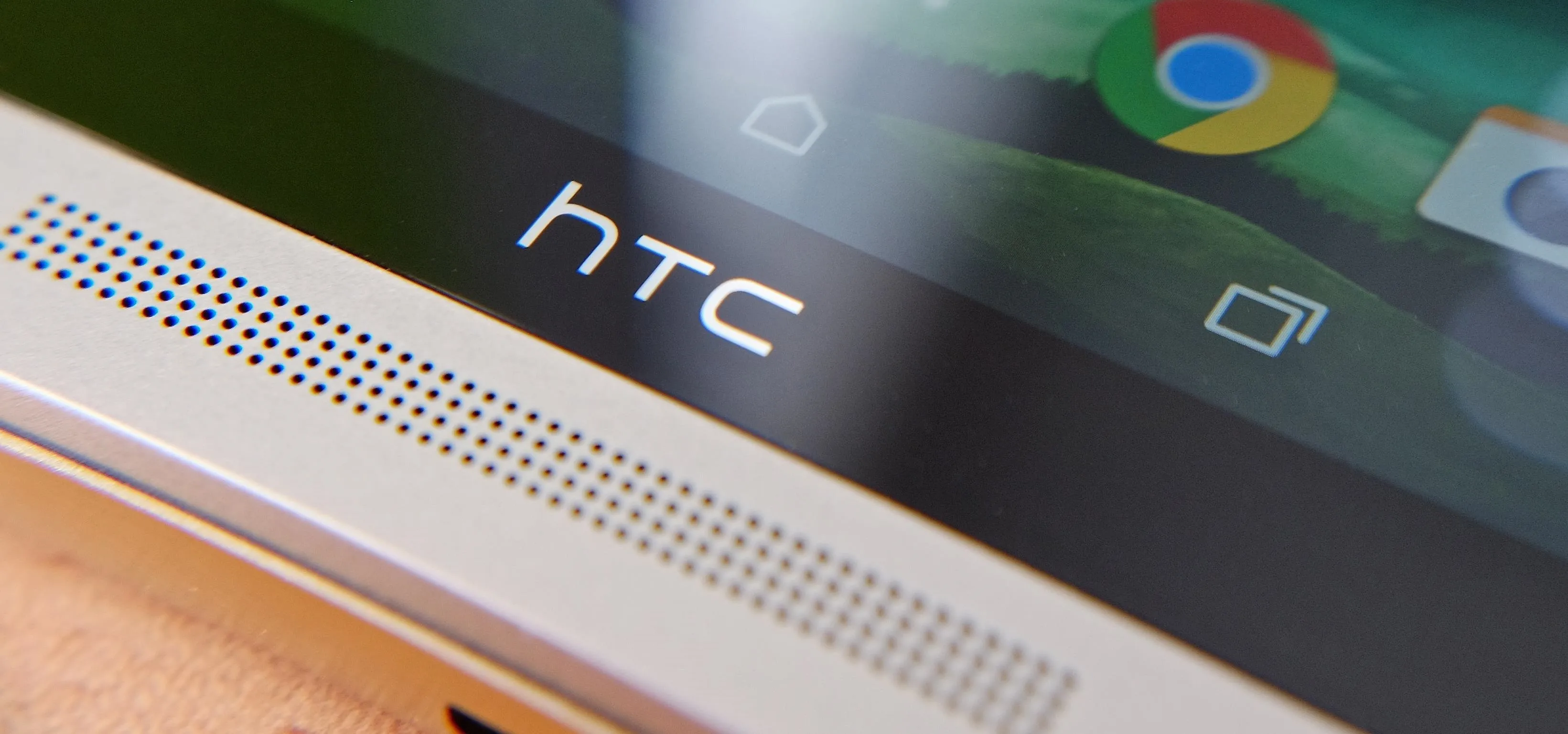The beauty of having a Google Play Edition HTC One is the ability to get as close to stock Android as possible while still getting some extra non-Google, proprietary HTC features. The newest version of Android, 4.4.3, has just hit the Nexus and Google Play Edition line of phones, but if you are rooted with a custom recovery, you will not be able to apply the OTA.
Normally you would have to restore to factory settings, but don't worry, in this step-by-step guide, I will be showing you how to update your rooted GPE HTC One to Android 4.4.3 using the official OTA, while keeping all your precious data and root access.
This process applies to both the HTC One M7 and M8 Google Play Editions—just be sure to download the files that are right for you.
Prerequisites
- Rooted Google Play Edition HTC One
- USB Debugging enabled
- Use a USB 2.0 cable and port to connect your One to your computer
Getting Your One Ready
If you have a rooted One, chances are you have a custom recovery installed, like TWRP. Unfortunately, the OTA will not flash on a custom recovery, so we will need to re-flash the stock one by downloading the stock GPE recovery and flash it in fastboot mode. This will also apply to those that converted their GSM HTC One as well.
Step 1: Download Your Recovery
Depending on which version of the One you have—the M7 or M8—you will need to download one of the following recoveries and place it on your desktop.
Step 2: Re-Flash the Stock Recovery
Once downloaded, plug your device into your computer and open terminal (OS X) or cmd (Windows). You will see a dialog box pop up on your One's screen asking to allow USB debugging, so tap Allow. Next, you are going to want to place your device into fastboot mode using this command:
adb reboot bootloader
Once you are in fastboot mode, flash the recovery:
fastboot flash recovery Desktop/M8.GPE.Recovery.img
Note, that you will need to change the last part to the location of the recovery if you did not place it on your Desktop, and also change the filename if you're doing this for the M7. Afterward, finish it up by erasing your cache and rebooting:
fastboot erase cache
fastboot reboot

Step 3: Change CID (Only for Converted GPEs, Not Official GPEs)
This step is only for those that have converted to the GPE One, not those using an out-of-the-box Google Play Edition. The CID, or carrier ID, identifies what OTAs, among other things, can be installed on your phone. By default, your CID should be tied to your original carrier, but for the OTA we will need the Google CID.
To do this, we will need to write the new CID from fastboot:
adb reboot bootloader
fastboot oem writecid GOOGL001
fastboot erase cache
fastboot reboot

Flashing the OTA
Now that your One can be identified as stock by the updater script in the OTA, you are all ready to install it.
Step 4: Download & Rename the OTA
There are two different OTA files that you can download, depending on which phone you have. Thanks to Shawn D for both OTA files.
These can be downloaded directly to your One, and once they are completed, you will need to rename them to update.zip.
Step 5: Reboot into Recovery
Since your device is still plugged into your computer, you can place it into recovery through adb:
adb reboot recovery

Step 6: Apply the OTA
Once you see the image of the Android on its back with a red exclamation point, hold the Volume Up button, then press the Power button to get to the recovery menu. From there select apply from phone storage using your Volume Down button, then select it with Power.

At the next screen, you will need to select 0/, then update.zip.

Let the installer do its thing, then you will get a prompt telling you to reboot your device to update the firmware. Reboot, and you will be all set!
Install TWRP & Regain Root Access
Just like all other OTAs, this one will cause you to lose root access to your device, but that is an easy fix.
Step 7: Download TWRP
To regain root access, we will need to download the TWRP recovery that is right for your device, and re-enable SuperSu by opening the app.
Step 8: Install TWRP
TWRP can be flashed the same way we flashed the stock recovery:
adb reboot bootloader
fastboot flash recovery Desktop/openrecovery-twrp-2.7.1.0-m8
Again, change the last part to your specific recovery.
fastboot erase cache
fastboot reboot

Step 9: Confirm SuperSu Is Working
Now that you have TWRP installed, open up SuperSu, or any other root app, and make sure you are able to grant it superuser permission. If for some reason you still do not have root access, reboot into recovery, tap reboot, and select system. That has been shown to fix most issues with getting SuperSu to work.

Most of the changes that are included in Android 4.4.3 come in the form of bug fixes and stability improvements, but there are a couple UI changes too. The dialer app got a new theme, and in the Settings app, there is a new HTC Weather section for the HTC Weather widget.




Be sure to check back for more updates on what we find hidden in 4.4.3, and let us know of anything you find on your own!




Comments
No Comments Exist
Be the first, drop a comment!